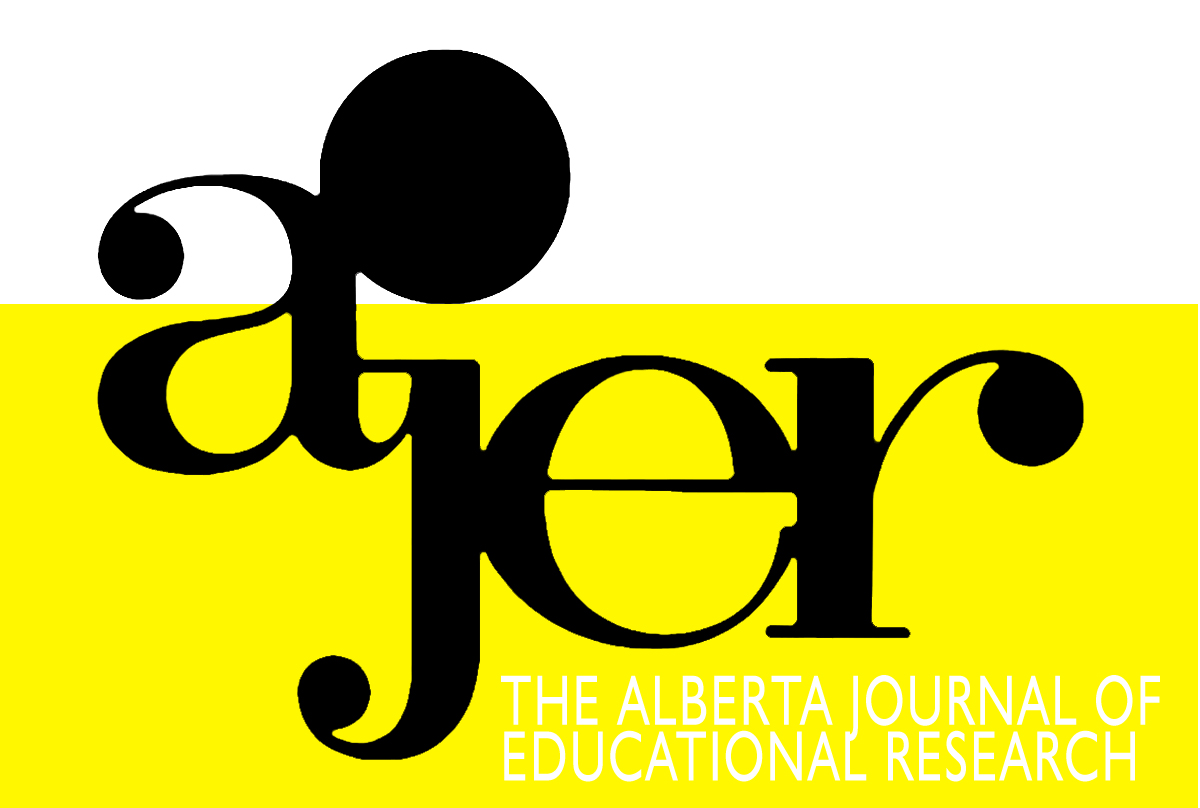High School is Over … Now What? Examining Students Plans for After High School
DOI:
https://doi.org/10.55016/ojs/ajer.v68i3.72602Abstract
A new group of Grade12 students graduates from high school each year. This is an important time for young adults because they must make decisions for what life after high school will look like. The purpose of this study was twofold: (a) to investigate what decisions students in Alberta are making for after high school, and (b) to examine how such decisions are linked to students’ motivation in the form of underlying causality orientations as articulated by self-determination theory (SDT). A total of 237 Grade 12 students responded to a survey with closed and open-ended questions about their plans for after high school. The results showed that all participants had some type of plan for after high school, with 79% planning to pursue post-secondary education. Their reasons could be categorized by causality orientation theory (COT) and revealed differences in reasons between students bound for post-secondary and those not. The paper concludes with suggestions for future research and avenues to aid students in their decision-making process during high school.
Keywords: High School; Motivation; Transitions; Students; Causality Orientation Theory
Chaque année, un nouveau groupe d'élèves de 12e année obtient son diplôme d'études secondaires. Il s'agit d'une période importante pour les jeunes adultes, car ils doivent prendre des décisions sur ce à quoi ressemblera leur vie après le secondaire. L'objectif de cette étude était double : (a) enquêter sur les décisions que les élèves de l'Alberta prennent relatives à leur vie après le secondaire, et (b) examiner le lien entre ces décisions et la motivation des élèves sous la forme d'orientations de causalité sous-jacentes telles qu'articulées par la théorie de l'autodétermination (TAD). Au total, 237 élèves de 12e année ont répondu à une enquête comportant des questions fermées et ouvertes portant sur leurs projets après leurs études secondaires. Les résultats ont montré que tous les participants avaient un certain type de plan après leurs études secondaires, 79 % d'entre eux prévoyant de poursuivre des études postsecondaires. Leurs raisons ont pu être catégorisées par la théorie de l'orientation de la causalité (COT) et ont révélé des différences de raisons entre les étudiants destinés à des études postsecondaires et ceux qui ne le sont pas. L'article se termine par des suggestions de recherches futures et des pistes pour aider les élèves dans leur processus de prise de décision au cours de leurs études secondaires.
Mots clés : école secondaire ; motivation ; transitions ; élèves; théorie de l'orientation de la causalité
Downloads
Downloads
Published
How to Cite
Issue
Section
License
UNIVERSITY OF ALBERTA COPYRIGHT LICENSE AND PUBLICATION AGREEMENT
If accepted, authors will be asked to sign a copyright agreement with the following points:
A. Where there is any inconsistency between this Copyright License and Publication Agreement and any other document or agreement in relation to the same subject matter, the terms of this Agreement shall govern.
B. This document sets out the rights you are granting in relation to publication of your article, book review, or research note entitled (the “Article”) through inclusion in the academic journal titled Alberta Journal of Educational Research (the “Journal”) published through the Faculty of Education, representing the Governors of the University of Alberta (the “Journal Editor”).
C. There will be no payment to you for this publication and grant of rights. In consideration of the agreement to publish the Article in the Journal:
1. You are warranting that:
- the content of the Article is your original work, and its content does not contain any material infringing the copyright of others; or, where the Article is not entirely your original work, you have obtained all necessary permissions in writing to grant the rights you are giving in this agreement;
- the content of the Article does not contain any material that is defamatory of, or violates the privacy rights of, or discloses the confidential information of, any other person;
- the Article has not been published elsewhere in whole or in part, and you will not allow publication of the Article elsewhere without the consent of the Journal Editor;
- the names of all co-authors and contributors to the Article are:
2. You agree to license the copyright in the Article to the Journal Editor, on a worldwide, perpetual, royalty free basis; and to the extent required by the terms of this agreement. You shall retain the right at all times to be acknowledged as the/an author of the Article.
3. You further agree that the Journal Editor has the entitlement to deal with the Article as the Journal Editor sees fit, and including in the following manner;
- The right to print, publish, market, communicate and distribute the Article and the Journal, in this and any subsequent editions, in all media (including electronic media), in all languages, and in all territories, ing the full term of copyright, and including any form of the Article separated from the Journal, such as in a database, abstract, offprint, translation or otherwise, and to authorize third parties to do so;
- The right to register copyright of the Journal;
- The right to edit the Article, to conform to editorial policy as the Journal Editor sees fit.
4. If any co-author or contributor to the Article does not sign this agreement, the Journal Editor reserves the right to refuse to publish the Article.



